Round the World – Australia 2, Part 11
An Uber carried me back to Archerfield, where I loaded my overnight bag into Planey and pre-flighted. I departed to the southeast, back towards the coast. My first destination was Heck Field, the home of the Gold Coast Sport Flying Club. I switched to the common traffic frequency a few minutes out, hearing two light sport aircraft in the pattern practicing their take-offs and landings. I slotted into the traffic pattern between them and landed, taxiing in to park in the visitor parking down one end of the row of hangars.
I wandered along to the clubhouse and sat down outside, joining a gentleman who was sitting at a picnic table watching the training aircraft come and go. We got chatting, and he told me his name was Brett; it soon came up that he had been a professional water-skier for 29 years! For 13 of those years he had competed year-round, going to the northern hemisphere during the southern winter. He was here to watch his teenage son working on his flying lessons. After a very interesting time, I returned to Planey and started up; only one aircraft was left in the pattern and I entered the runway as it departed again, taking off to the southeast and paralleling South Stradbroke Island to the coast. Before long I was abeam Gold Coast, cruising past the beachfront apartment towers and hotels.
Gold Coast tower cleared me in to perform a touch-and-go at their airport before I continued south via Murwillumbah for a stop at Tyagarah. This field is the home of Skydive Byron Bay, but today there was nobody around and their aircraft was parked up. A sign on the apron directed visiting pilots to pay at a council parking meter nearby under an awning; however, it was out of order so I continued on my way.
I flew south along the coast landing briefly at Ballina before stopping at the privately owner grass field of Palmers Island. This strip is beautifully maintained and, at more than 900m long, large enough for almost any general aviation aircraft. Bob McIntyre, the owner, was there and welcomed me with a cup of tea and biscuit in their comfortable clubhouse. We chatted for a while about the history of the strip and the aircraft based there before it was time for me to move along.
I continued my slow crawl along the vast coastline of Australia, now well into New South Wales. After brief stops at Grafton and Coffs Harbour I landed at another private grass strip, this time the rather rough and agricultural field at South West Rocks. Once again the owner was there to greet me, and he came trundling down the strip behind me in a battered old four-wheel drive. He seemed to be pleased by the idea of a round-the-world flight dropping into his strip, even if it was a rather slow one, and we spent a happy 20 minutes or so chatting about his flying history and creation of the strip. The sun was starting to get lower, though, and my Aunt was on her way to collect me at my final destination, so I bumped over the runway once more and turned south with the breeze at my back.
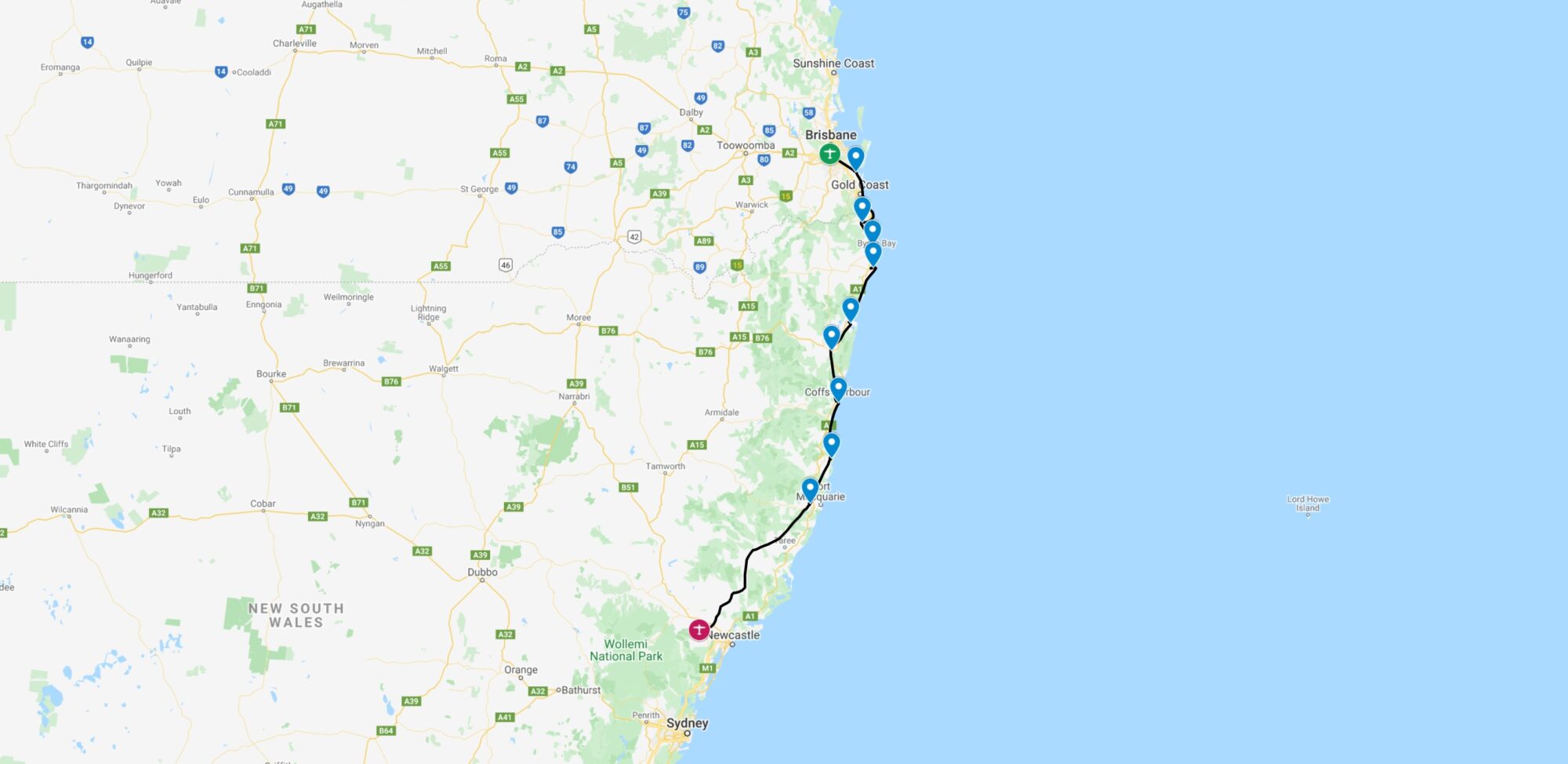
I had one final stop to make before reaching my day’s destination, Cessnock, and this was a private backyard strip in Kempsey. The owners had built a beautiful home at the side of a lake, with connected hangar and a long smooth grass strip that was more than adequate for their very smart new Cirrus, and well-kept antique Cessna. They were kind enough to invite me in for a drink and show me around their aircraft before I set out one final time for the day.
The flight down to Cessnock was smooth. I took advantage of the low-level VFR flight corridor underneath the military airspace at Newcastle, which Ollie had introduced me to the previous year. The evening light dramatically lit the hilly bush underneath me, and turbulence from the stiff breeze rocked my wings as I flew. I made good time with the following wind and soon enough Cessnock appeared ahead of me; I landed and taxied back, waiting for a twin to depart before crossing the threshold to the visitor parking where my Aunt was waiting to greet me. It felt like a homecoming, to be back here where I had set off from nearly a year earlier to cross the Tasman and explore New Zealand!
In line with my usual bad habit, I had ended up filling what was originally meant to be a few days of rest with more flying. There was a good reason for this, however, which was that I had been invited to visit a couple of notable local pilots and adventurers; an opportunity I could not miss out on! The first of these was located near Melbourne, so it was off to Melbourne that I must go. Thankfully, the COVID outbreak there was now under control and travel in and out of Victoria was once again permitted.
My “new airfield” addiction would not allow me to simply fly there directly, of course. My first stop of the day was at the Bathurst airport. It was still early, with nobody around, but that was ok; I was just there for the self-serve fuel. With the main tanks topped off, I flew south to the small grass strip at Crookwell. The grass was a little coarse and long, but no problem for Planey, although I wouldn’t have wanted to taxi anywhere off of the most recently mown area. Nobody was around, so I continued on my way.
It was a short flight from here to the private runway at Gundaroo. This high quality concrete strip can, and does, handle private jets; it is located on the private estate of Dick Smith. Dick is an Australian entrepreneur and philanthropist, making his fortune through such ventures as Dick Smith Electronics and Australian Geographic. He is also a keen adventurer including holding a number of aviation records such as:
- First solo trans-Atlantic flight by helicopter (1982)
- First solo circumnavigation by helicopter (1983)
- First helicopter to the North Pole (1987)
- First circumnavigation landing at both poles (1989)
- First non-stop balloon crossing of the Australian continent (1993)
- First east-west circumnavigation by helicopter (1995)
- First Trans-Tasman balloon flight (2000)
He was also one of the first to climb Ball’s Pyramid, the dramatic seamount just south of Lord Howe Island which I had flown over at the start of the year, and the first to start commercial flights over Antarctica. Dick had heard about my adventure through a mutual friend (the owner of the Arkaroola resort) and invited me to visit. Although he was currently in his home in Sydney he had suggested I drop into the estate at Gundaroo for a look around, which I was excited to do.
The estate is a real paradise for aviators. Overlooking the runway sit several historic buildings, salvaged from elsewhere, housing a clubroom, hangar for Dick’s Westland Widgeon III. This particular aircraft was built in 1927 in Somerset, England and had been owned by renowned aviator Sid Marshall who made the first flight between Papua New Guinea and Australia in 1934. A total of only 26 Widgeons, including the prototype, were ever produced. Around the corner from these buildings is a giant modern hangar that houses Dick’s more contemporary aircraft; at times he has owned C208 Caravan turboprops, a Twin Otter, Cessna Citation jet and Jetranger helicopter.
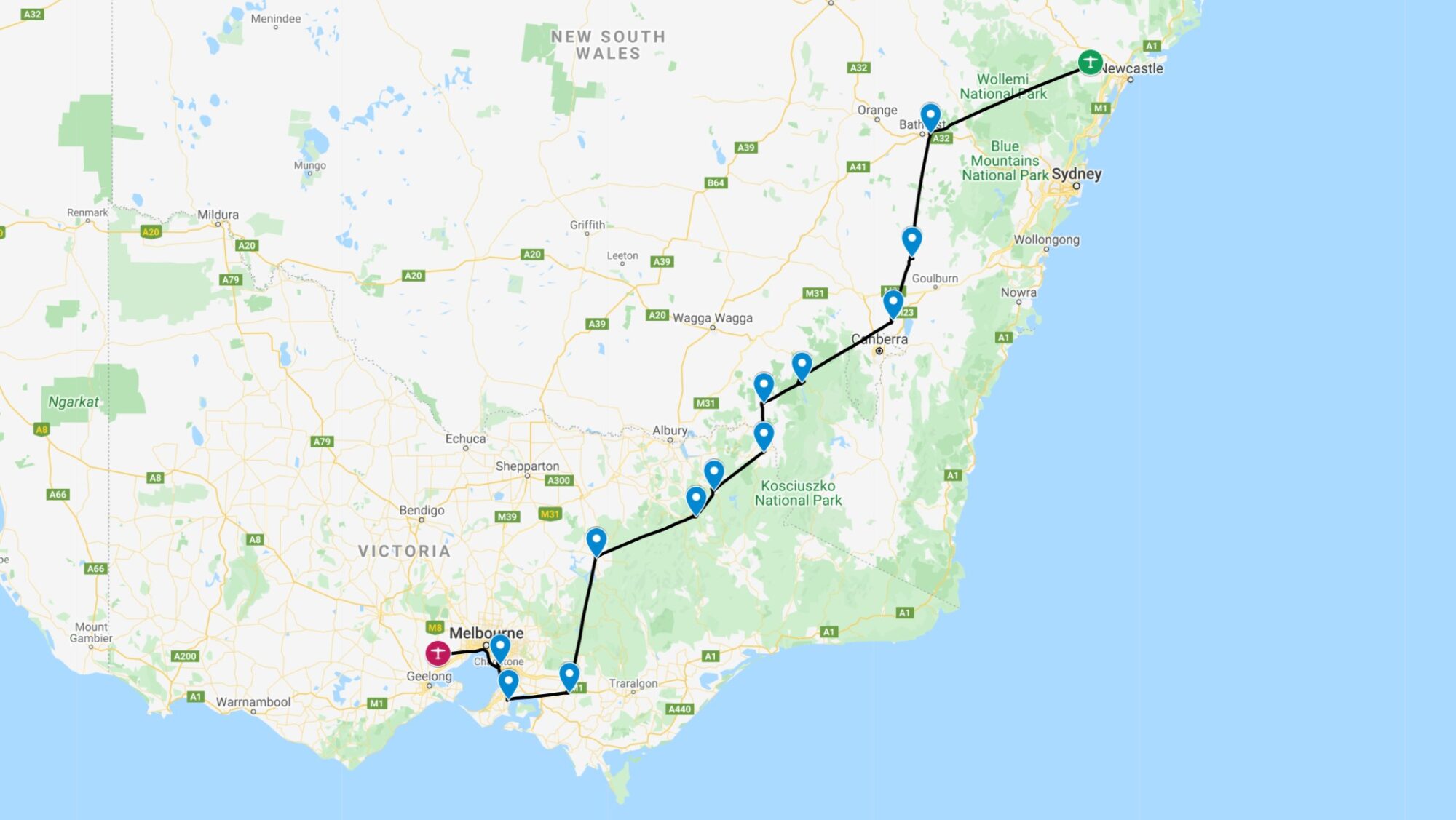
As well as the aviation treasure trove, Dick’s estate includes a sheep farm and an extensive narrow-gauge private rail network. I set off to follow the tracks away from the hangar, in line with Dick’s directions, and came across his farm manager. He invited me in for a quick drink but couldn’t hang around long as they were in the middle of shearing; he invited me to come along to the shearing shed and see how it all worked. A team of shearers was hard at work, moving sheep through with impressive speed. The sheep seemed unfazed by the experience, and indeed looked quite relieved to have a short haircut again.
I departed downhill along the long paved runway and pointed the nose southwest, skirting the border of the Australian Capital Territory with Canberra just off to my left hand side. I crossed rugged national park territory, soon arriving overhead the little town of Talbingo. This town sits on the Tumut river, on the edge of the Snowy Mountains, and services the adjacent hydropower scheme that is fed by the manmade Jounama Pondage. I stopped off briefly at the airport there before continuing to the fairly rough-and-ready grass field at Tumbarumba for a landing, and then crossing the border into the state of Victoria and stopping off for a break in Corryong.
I thought about walking into town for lunch, but decided to carry on and tick off a couple more fields before eating. I did a little flight planning for the next legs as I watched an air ambulance arrive, load up, and depart. My next hops took me across heavily forested hills to the dirt strip at Mitta Mitta, nestled in the small valley of the Mitta Mitta River, before continuing onwards to the well-manicured grass airfield at Mt Beauty.
I landed at Mt Beauty, which is tucked in the end of a valley. It’s not quite a one-way-in, one-way-out strip, but it’s close. I approached from up the valley and touched down gently, taxiing to parking next to the small clubhouse on one side of the runway. The walk into town took around 20 minutes, and had me wishing that I had brought more in the way of sun protection.
I rounded a small artificial lake that separates the airport from the town, passing a council worker who was zipping around on a mowing machine and gave me a friendly wave as he passed. “Downtown” was small, just a couple of streets and 2 cafes were in evidence for me to choose from. I selected the healthier looking of the two, the other being a bit of a “greasy spoon” affair, and enjoyed juice and a sandwich. Walking back to the airport I passed the same happy looking council worker and received another cheery wave.
Taking off down the valley in the opposite direction to that in which I had landed, I flew across heavily wooded hills to the airport at Mansfield. Mansfield airport hosts a few small private planes, and also supports aerial-application (crop sprayers) and fire-fighting aircraft from time to time. The wind was howling here, but it was coming directly down the runway which meant that landing was not too tricky, and the ground run was very short! Nobody was around, so I continued south to yet another grass field; this time at Druin South.
A battered old tractor with no cabin was mowing the strip at Druin South when I arrived overhead. He apparently spotted me as he made his way to the taxiway and pulled off as I flew my approach and landed on the well-manicured surface. The gentleman driving shut down and made his way over to say hello. He was very welcoming and spent a bit of time telling me about the strip, their club, and the new hangar which they were constructing. As with many airfields they were facing problems with noise complaints, primarily from the kind of idiot who buys a home next to an airfield and then complains that aircraft use it. I wished him luck, and carried (as quietly as possible) on my way!
I had one more stop to make before my final destination for the night. Several Australian pilots had recommended I stop into the regional airfield at Tyabb, apparently quite a busy and welcoming training field. It was on my route, so I couldn’t pass up the opportunity to drop in. A couple of flight school aircraft were in the circuit, so I fitted in between them and landed, taxiing to park up near the small control-tower style building. A few aviation-looking types were sitting on folding chairs in the open doorway of a hangar nearby so I walked down to say hello. They immediately offered me a beer which I sadly had to decline, given that I had one more flight to go, but I was happy to accept a soft-drink and chat for a while before leaving on the final flight of the day.
This last flight was a very picturesque one, taking me around the northern shore of Port Phillip which the city of Melbourne butts up against. I enjoyed fantastic views of downtown and paused for a touch-and-go at Moorabbin airport before continuing out to the west of the city, to the private grass strip of my host for the night.
I was lucky enough to have been invited to stay the night at the home of Michael Smith. Michael was the first person to fly around the world in a single-engine flying boat, the SeaRey. He flew west, the opposite direction to me, originally setting out with the intention of recreating the route of the old Qantas Empire flying-boat service. On arriving in the UK, he decided he might as well keep going! He keeps this amphibious aircraft on a grass-strip at his home, where it has been joined by a fancy new twin-engine amphibious SeaBear.
Michael met me at the strip in his little Suzuki 4×4, and showed me around the two aircraft before driving me back up the hill to his beautiful home. We enjoyed drinks on the porch watching the sun set, before a fantastic steak dinner cooked up by his adult children. Michael is a man of varied businesses, the main one being cinema, so the conversation centered around movies and flying. The long lockdowns had been hard on the cinema industry but luckily things seemed to be making a comeback!
I was up early the next morning, enjoying toast and Vegemite as Michael gave me some advice on a refueling stop. I selected Essendon, in central Melbourne, as it was close by; I didn’t have much fuel remaining. Michael was kind enough to sign a copy of his book for me before giving me a lift back down to the aircraft, and waving me off as I started up and departed back down his strip.
The flight to Essendon was quick and easy; what took much longer was waiting for the fuel truck to show up. It eventually did, and I topped off the main tanks ready for my flight. I would not be stopping off anywhere along the way today; I had a lunch appointment, and would need to fly direct to get there on time.
Now with plenty of fuel on board I departed from Essendon. I was vectored out to the north until I was clear of Melbourne’s airspace, and then set course directly for Sydney’s Bankstown airport. An unexpected treat was having the Melbourne controller engage me in conversation; he said he had been following my trip, and had set up alerts so that he got a notification each time Planey was detected in flight! It was exciting to know that people were still interested, even with the greatly extended duration of the trip.
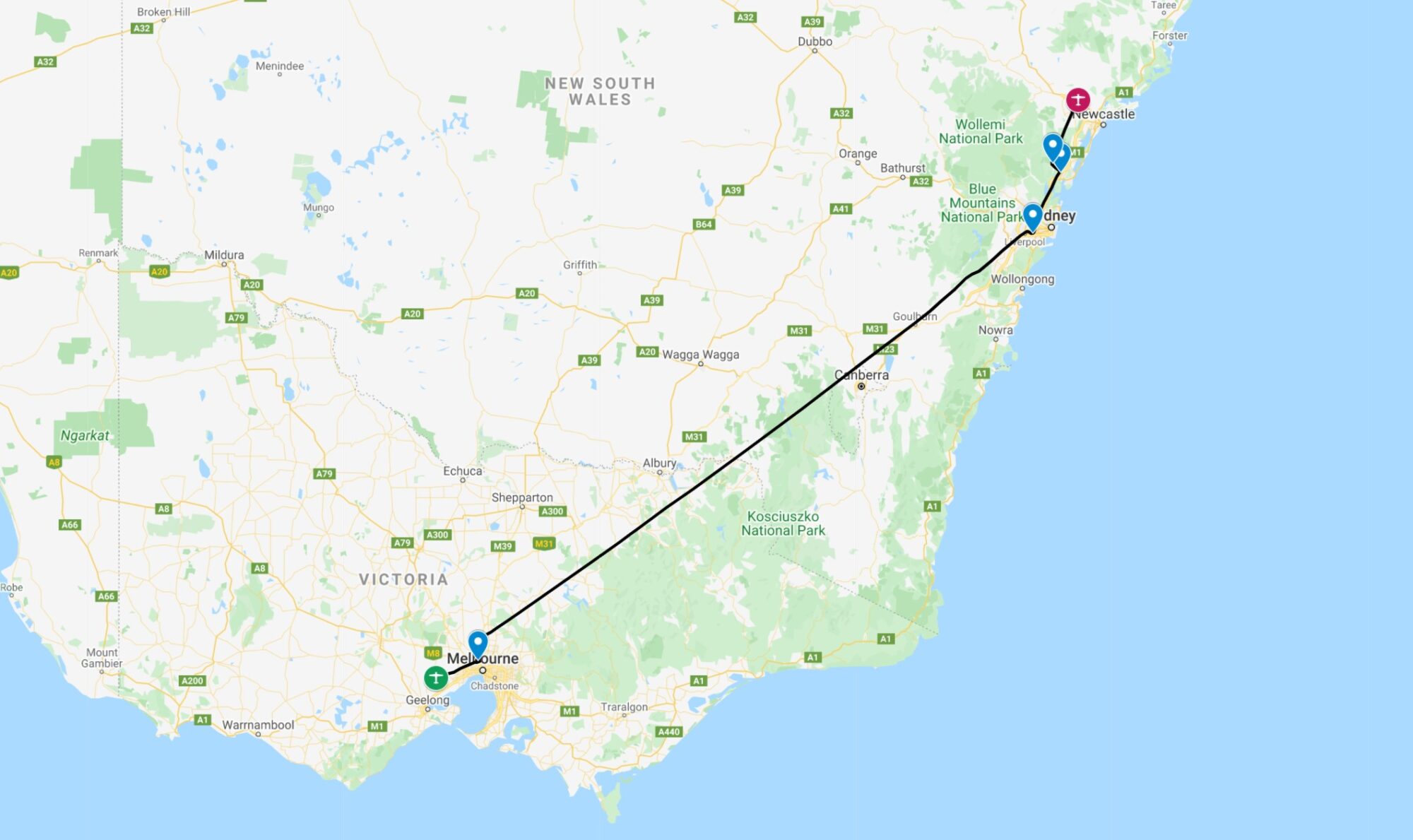
The flight was smooth with clear skies, although I did fly over patches of cloud from time to time which hid the ground from view. My route took me back over several of the fields I had landed at the day before; Tumbarumba, Talbingo and Gundaroo all passed under the nose as I went.
Air traffic control directed me lower as I approached Bankstown, and vectored me in for landing on runway 11 center. Bankstown is a bit of a maze to the first-time visitor, and it was not obvious where to park and how to get out of the airport. I headed for the northeast corner of the field, as that was where the rental car agency was, and tucked the aircraft out of the way. Spotting a hangar with a side door open, and noises coming from within, I poked my nose in and found that it was the maintenance shed for the car rental company! Perfect; I strolled through and headed to the rental counter, picking up my car and setting out on the hour-long drive to north Sydney.
My destination was the home of Dick Smith. As well as inviting me to drop into his estate north of Canberra, he had suggested I meet him for lunch at his Sydney house. His directions were easy to follow and as I pulled into the driveway he was there to meet me at the door.
We wasted no time in heading down to the hangar. No runway here, but Dick had managed to squeeze in two separate hangars to house his two helicopters, one of them underneath the house! We visited the other, housing a beautiful Augusta helicopter and bedecked with many of the most impressive photographs from his many adventures on the walls. His personal assistant Marianne joined us for a lunch of sandwiches; she is a very accomplished pilot herself and between her and Dick there was no shortage of interesting conversation and stories about Dick’s various adventures!
All too soon it was time to head out. I said my goodbyes to Dick and Marianne and drove back to Bankstown, slipping back through the rental car hangar to reach Planey. Bankstown airport is the home of the Australian Aircraft Owners and Pilots Association, who had interviewed me when I first arrived. I saw their logo written large across a nearby hangar, so went to say hello. It turns out that they had moved; I got in touch with their CEO Ben Morgan and he directed me to the new digs.
We hung out in their conference room for a while with the standard cup of tea and biscuit. Ben told me a little about the challenges of general aviation in Australia, which had suffered greatly in recent years when their regulator (CASA) had for some reason decided to wade in with much heavier and more burdensome regulation. Safety and security hadn’t improved at all, but costs had gone up and activity levels down. It was a shame to see how bureaucrats can ruin a thriving industry, but good to see that people such as AOPA were fighting back as best as they could.
Ben waved me off, and I departed north towards Newcastle and my Aunt. The iconic skyline of Sydney was visible over my shoulder to the east. I had identified two private strips to stop into along the way; the first of these was Somersby. This smooth grass strip is carved out of forest and tucked just to the west of the Pacific Motorway which runs up the east coast. A small cluster of hangars sits half way down the strip and helps with locating it from the air. The owner was carrying out some work in his garden and came to greet me; we enjoyed a brief chat about the strip and the mostly micro-light aircraft based there. Apparently I was the second round-the-world aircraft to stop there; unfortunately, he could not remember details about the first! The afternoon was drawing on by now, so I was soon on my way.
My final intermediate stop of the day was the glider field at Mangrove Mountain. Just a few minutes northwest of Somersby, this undulating grass airfield is long and wide, ideal for glider operations; and also boasts a significant kink at one end where the runway changes direction by about thirty degrees. Landing was no trouble, and I parked up on the flattest piece of ground which I could find near the airstrip buildings, situated half way down the field. A few gentlemen watched me approach, pausing from their task of loading up a “Ute”. Two of them turned out to be the field manager and his son, the former of whom I had spoken to on the phone for permission to fly in.
My final destination for the day was Maitland, which was becoming something of a home away from home. The ever-helpful Gerard had once again organised for hangar space here for me to leave Planey while I headed overseas and waited on the Pacific islands to start opening up their borders for the final leg of the flight. As I taxied in a small mob of kangaroos bounced across the runway to one side of me; a fitting goodbye!
My final couple of days in Australia was spent carrying out a local flight with my Aunt, and tidying/sorting the aircraft ready for storage. The maintenance outfit on the field at Maitland had shut down, so Gerard put me in touch with one at a nearby airfield; they turned out to be extremely helpful, and we organised for them to come and carry out preservation work on the engine after I had departed, to keep it in good condition while I was away. I also emptied out everything from the aircraft that I possibly could, to take back with me on my commercial flight. The next legs, I hoped, would be over the Pacific and I needed to be carrying as little excess weight as possible!
My flight out of Sydney was almost deserted; commercial flying in the time of COVID, particularly from a country with such strict border restrictions, was a strange affair. There were more cabin crew than passengers, which ensured excellent service, and plenty of space to lie down and sleep! If only commercial flying could be like that all the time.
Thus ended the latest chapter of the round the world flight. I had no idea when I would be able to continue, so departing from Australia was tinged with regret. When would I see Planey again, and would it ever even be possible to finish the flight the way I had hoped? Only time would tell.
Click here to return to the Round the World index.







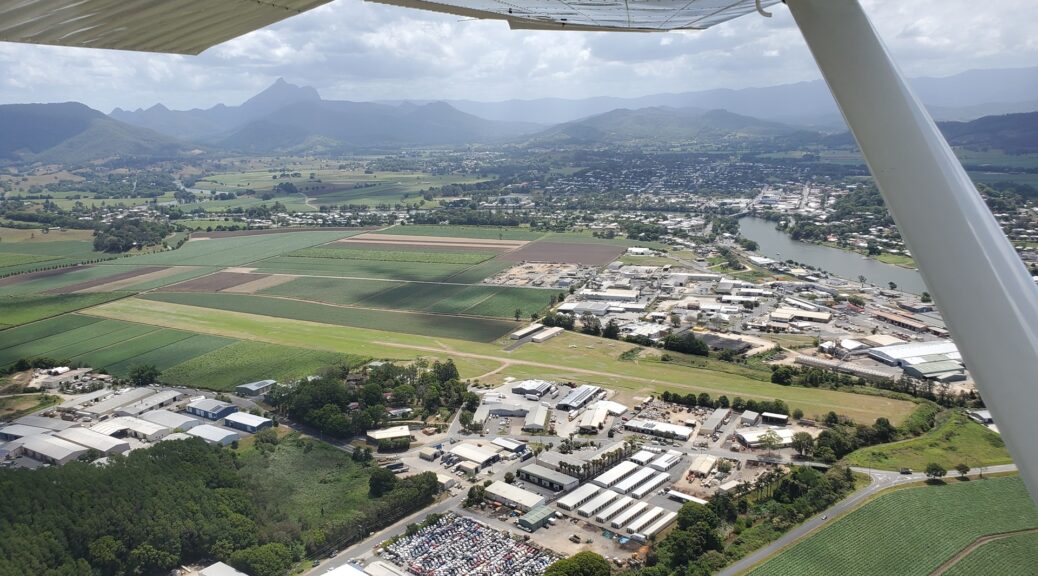
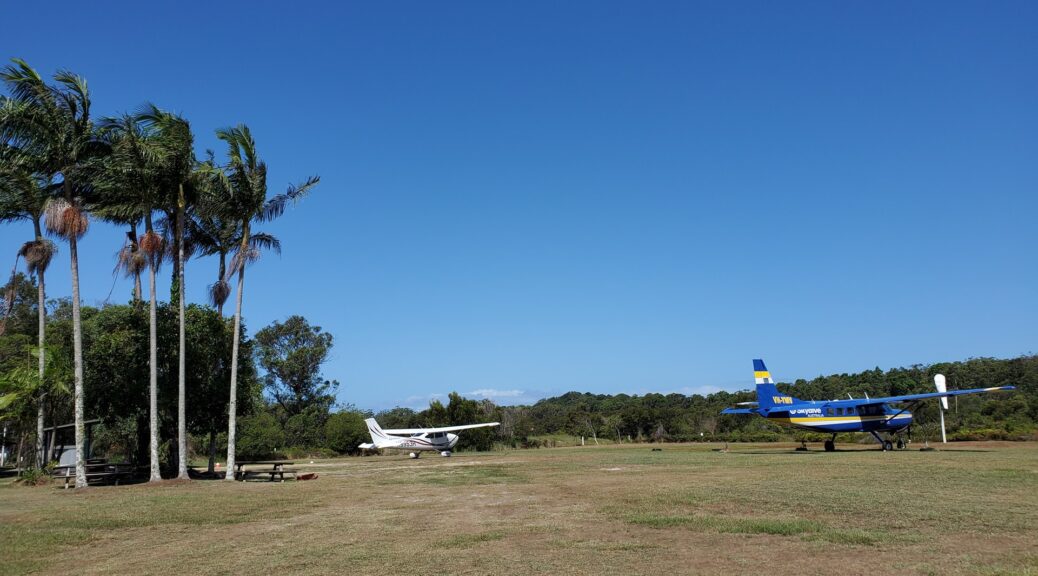
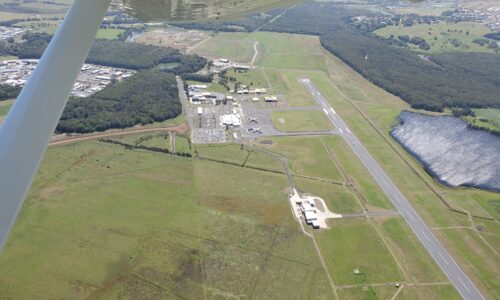
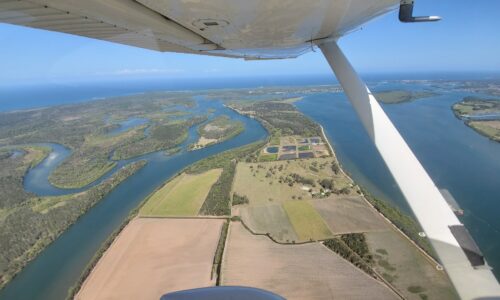

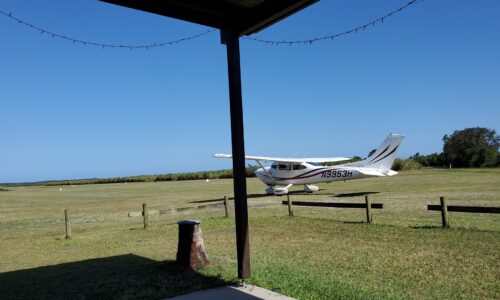
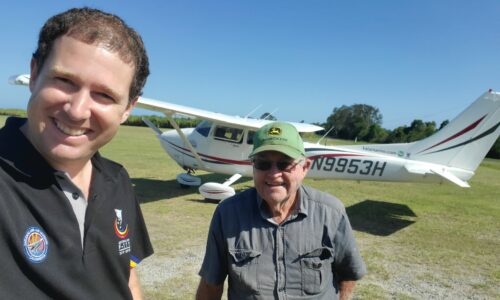
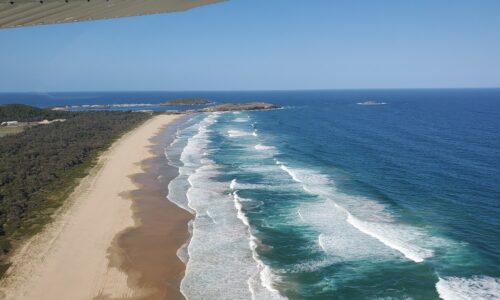
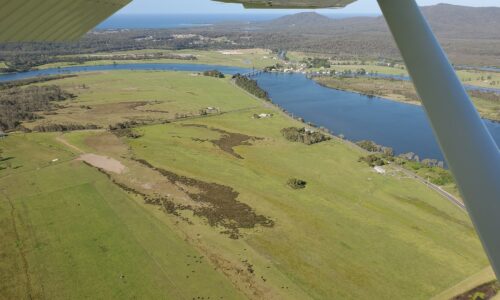
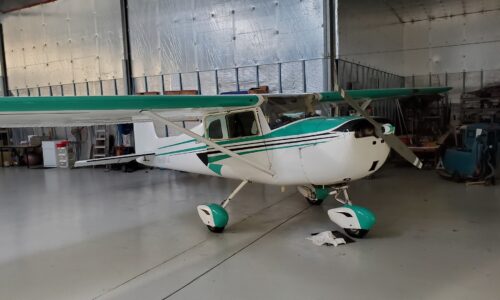

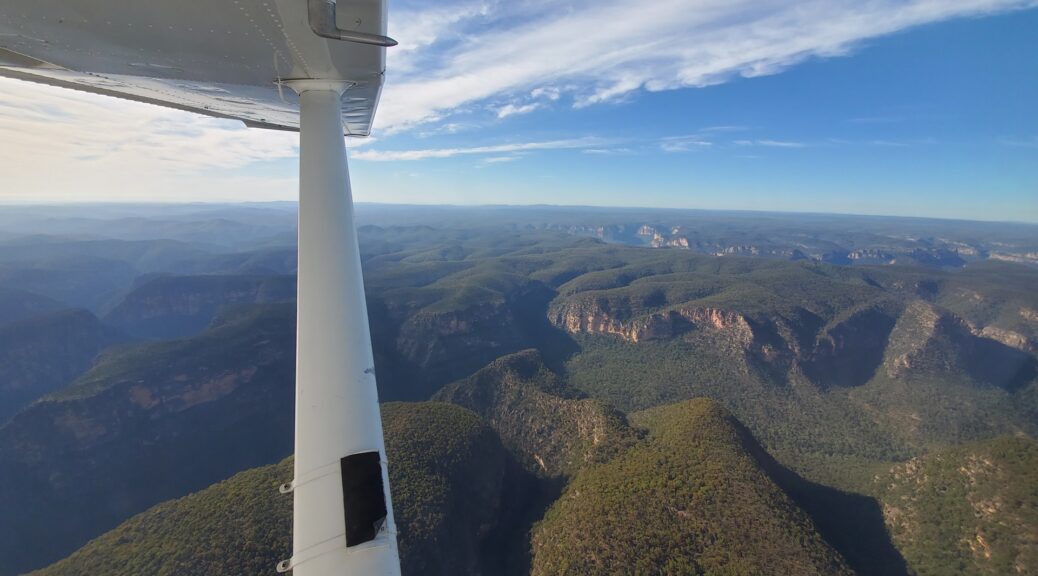
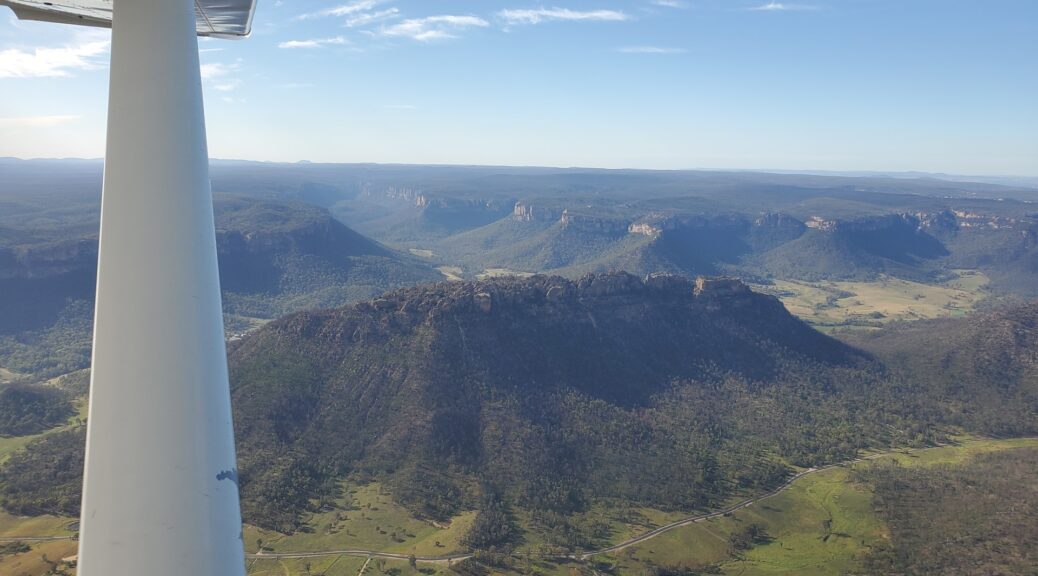
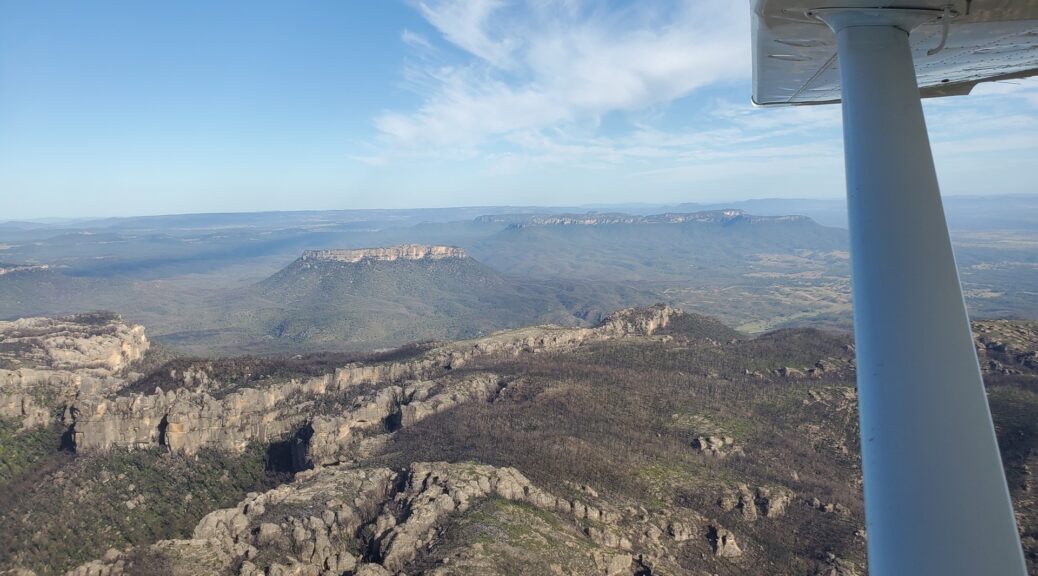

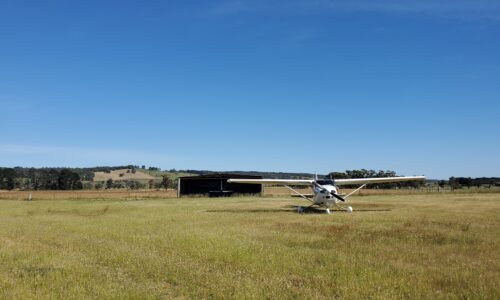
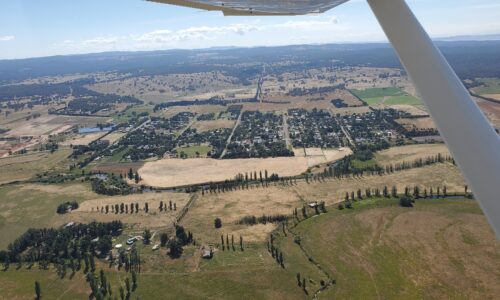
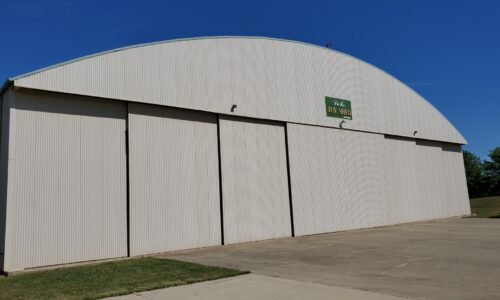

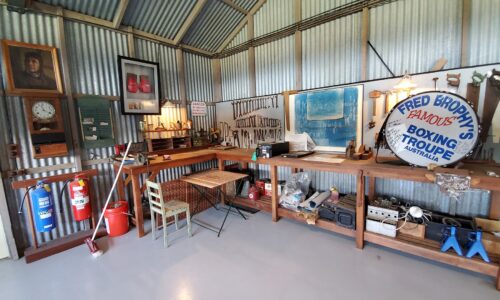
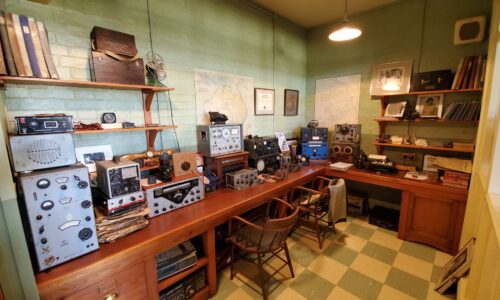
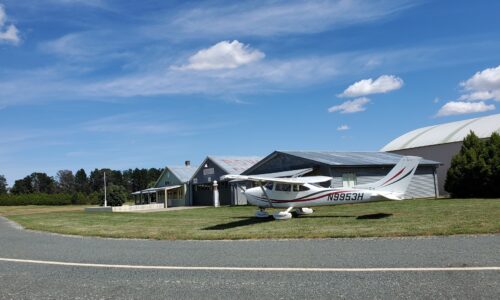
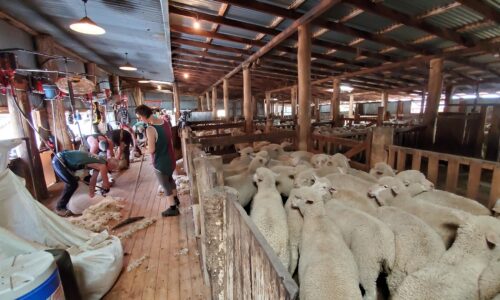
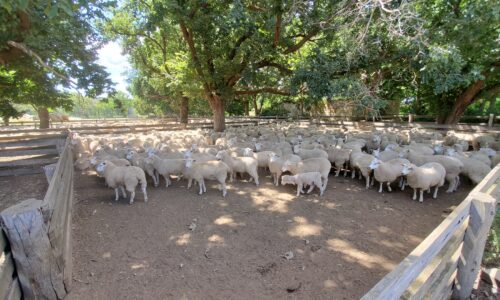
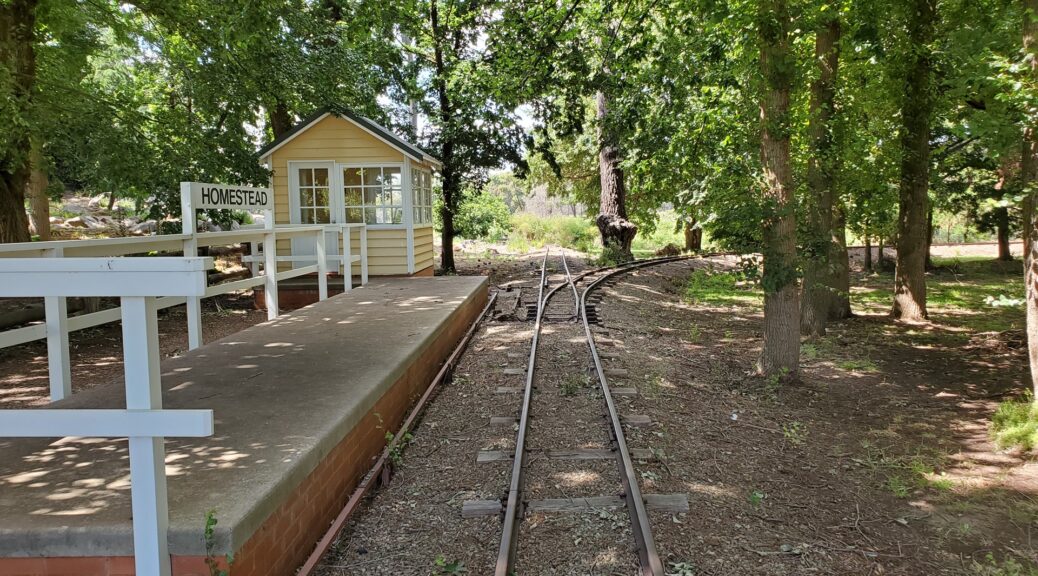
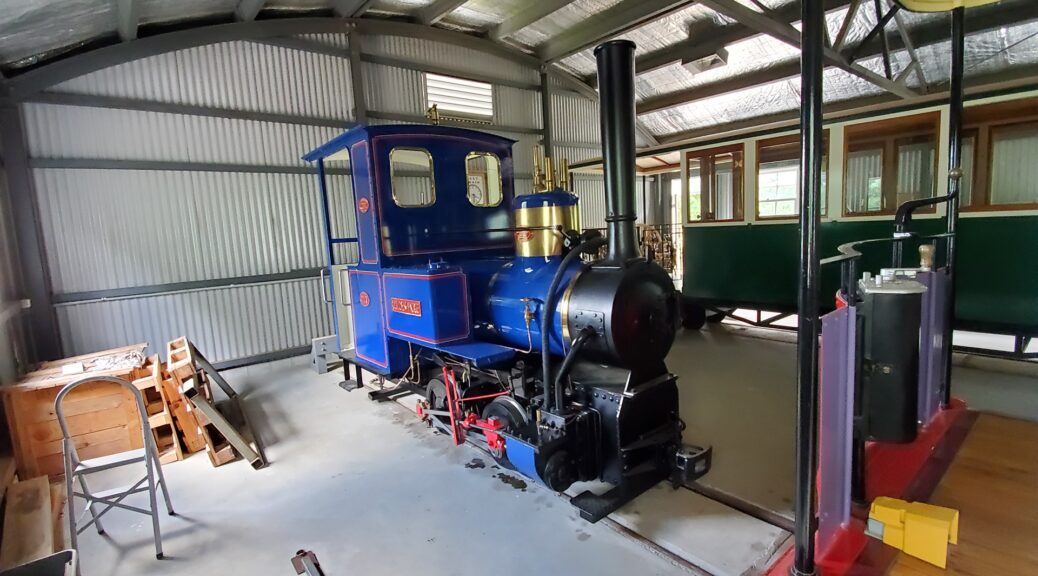

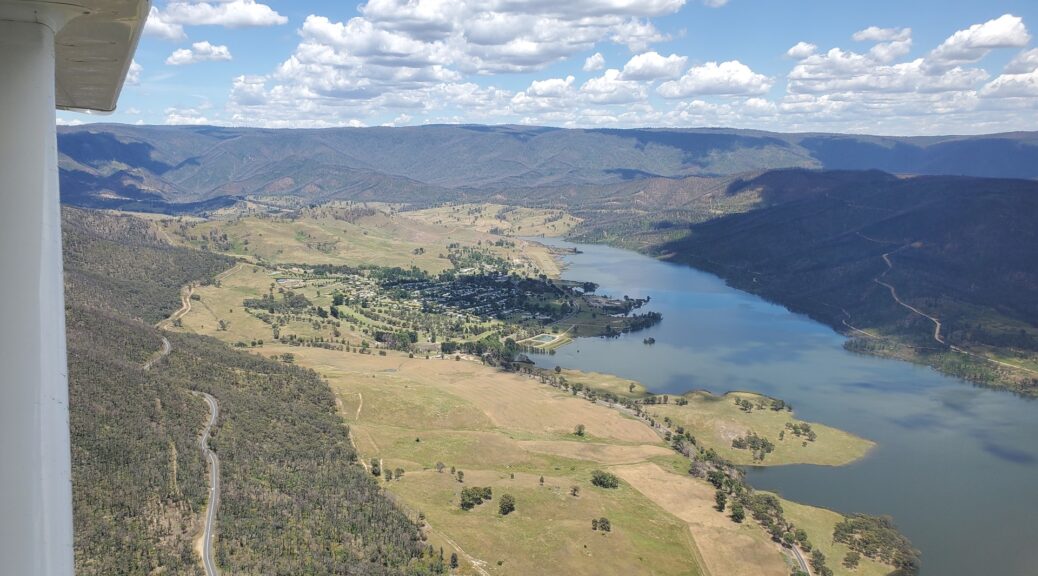
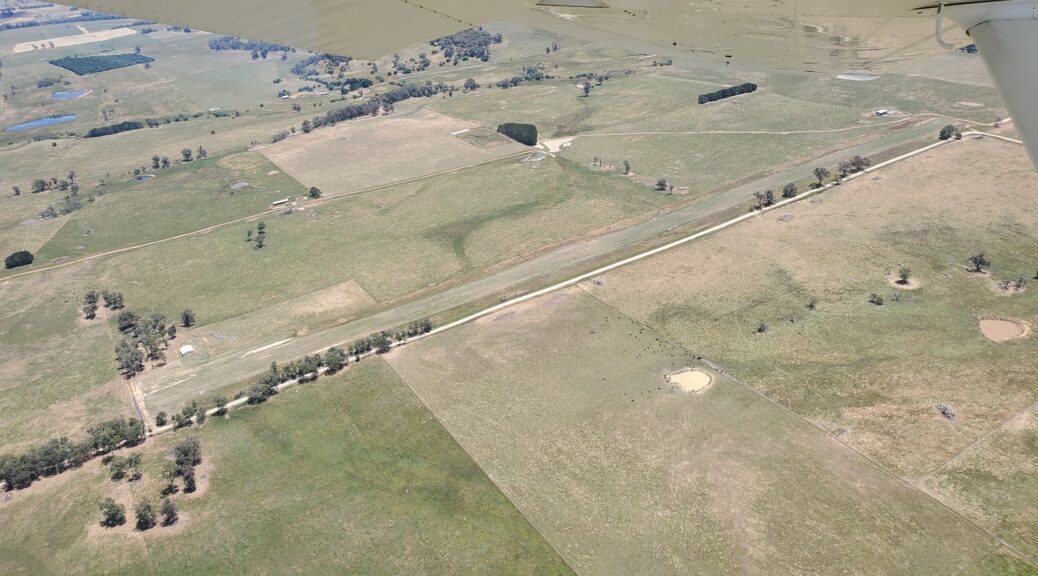

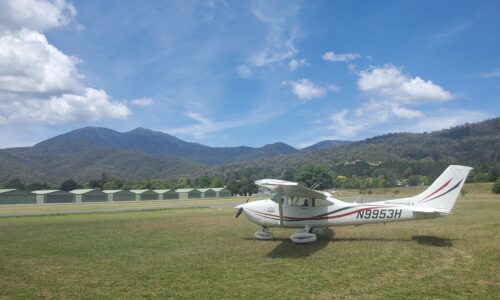
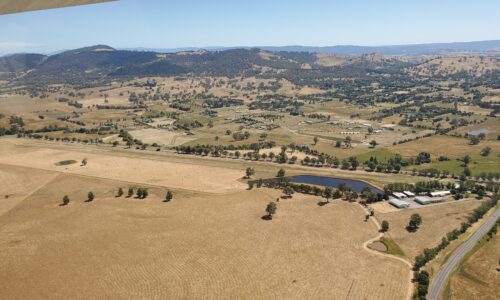
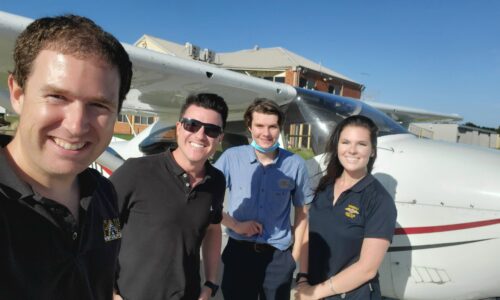

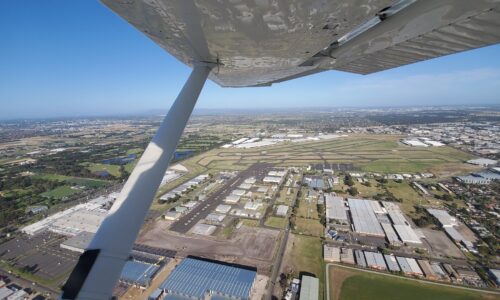

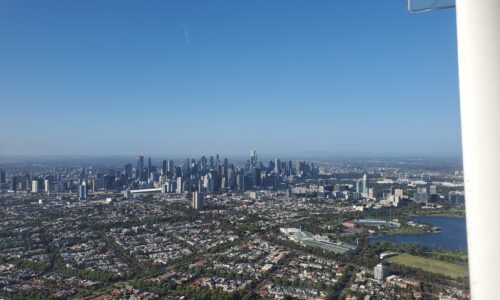
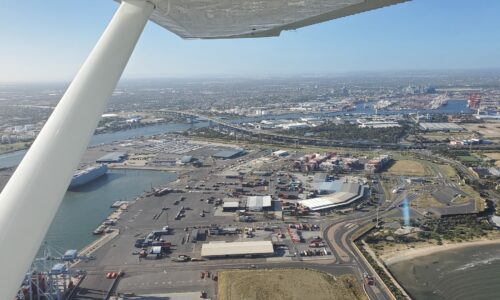
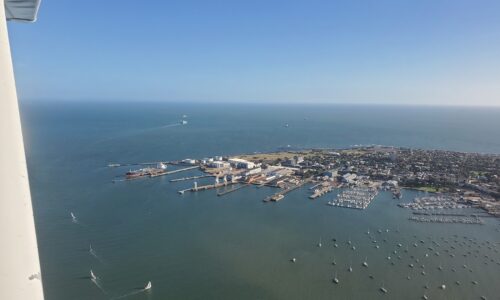



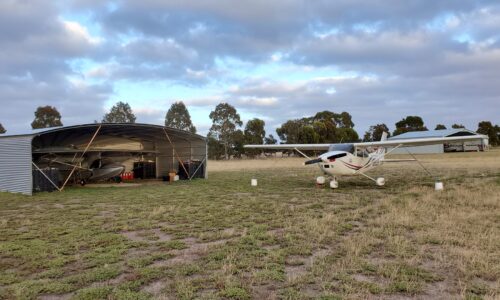
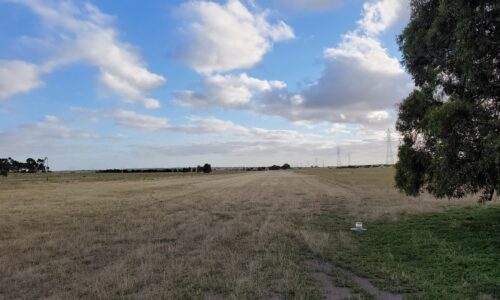
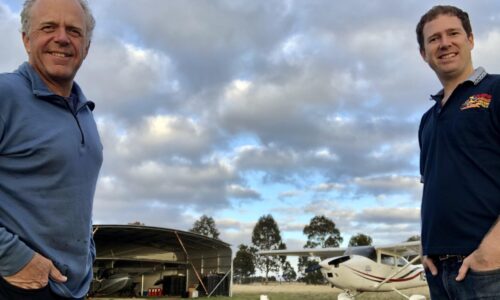




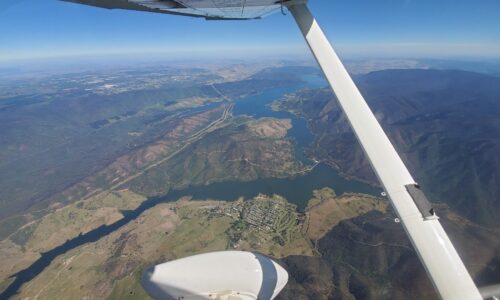

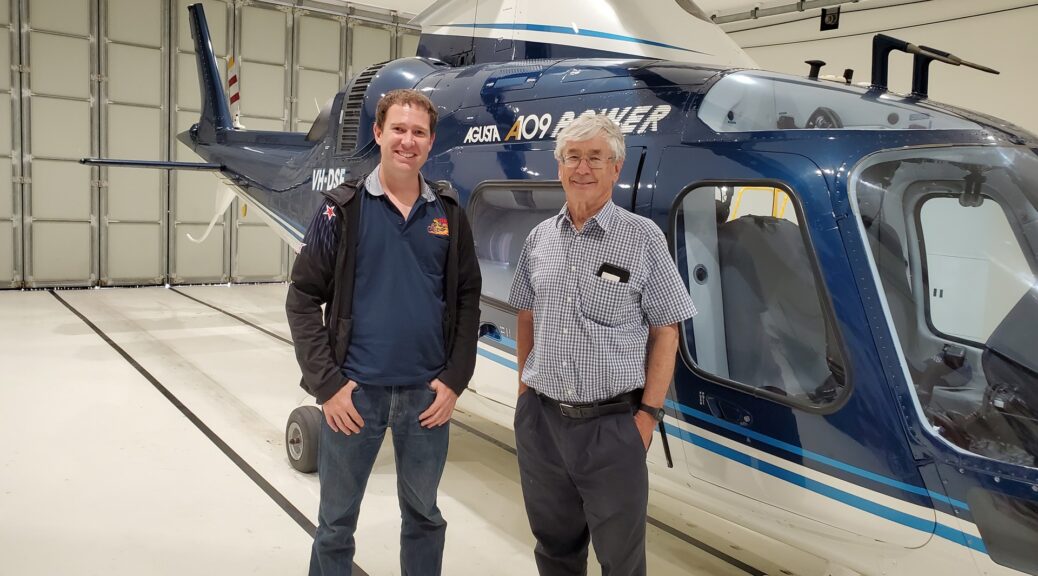

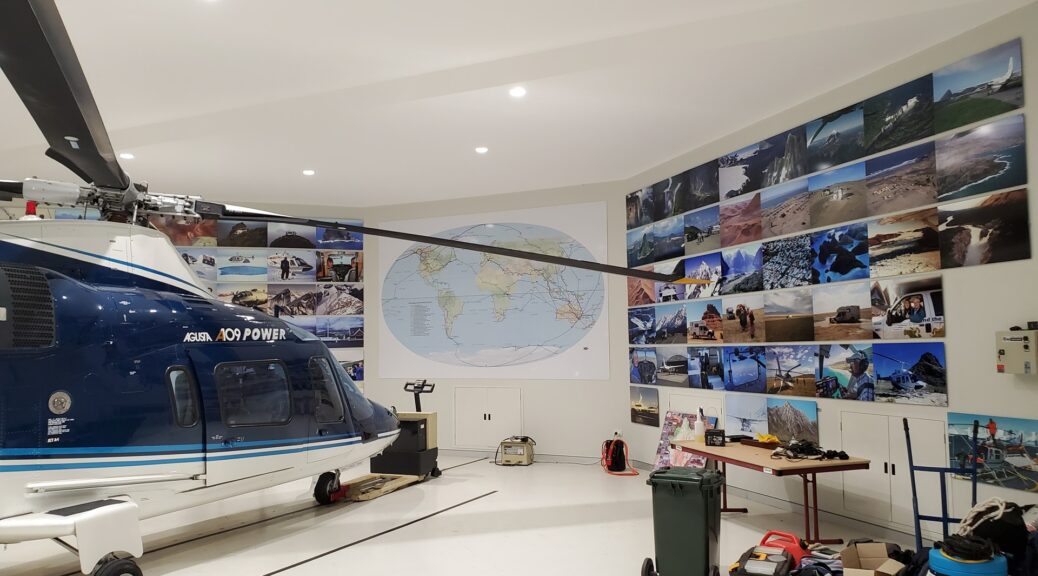


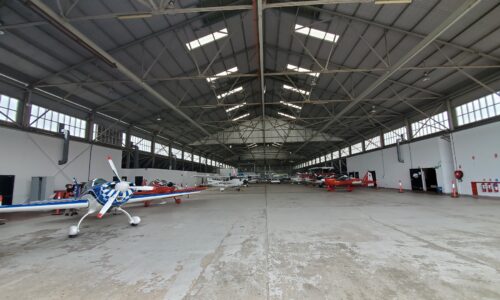
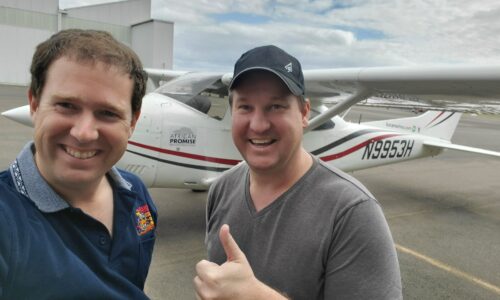
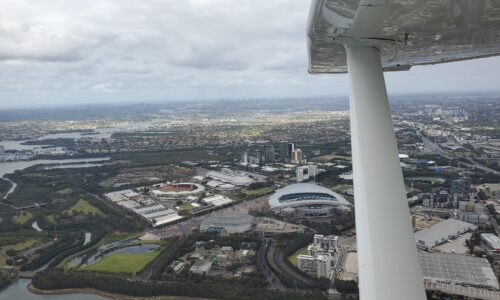
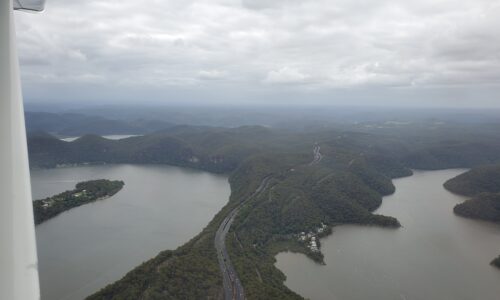
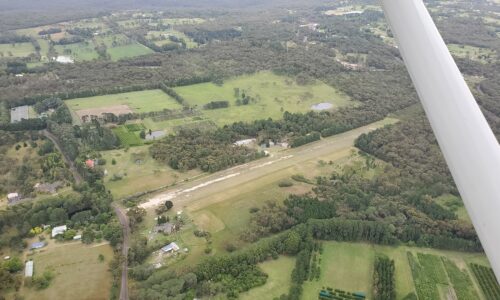


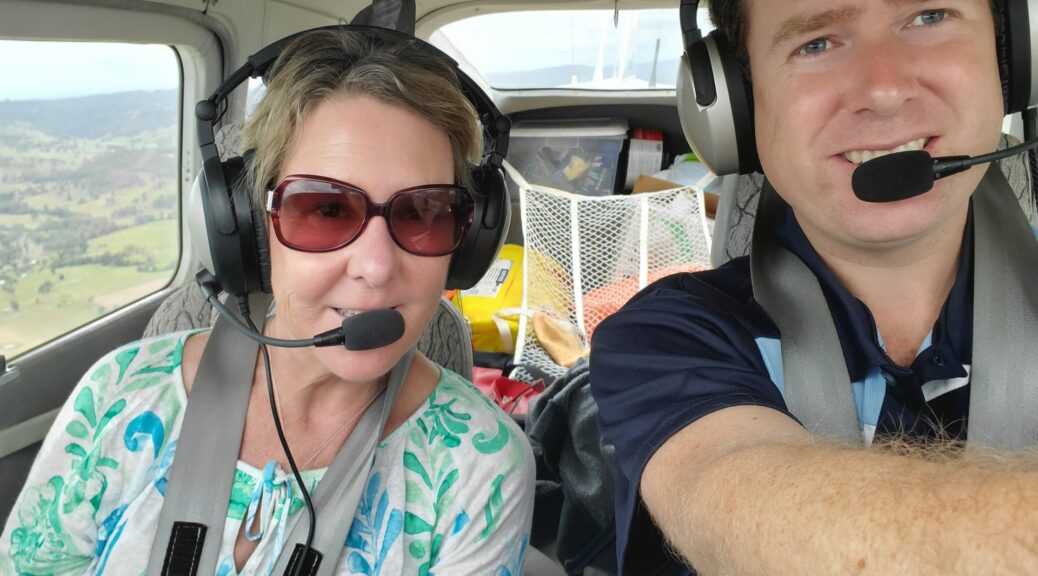
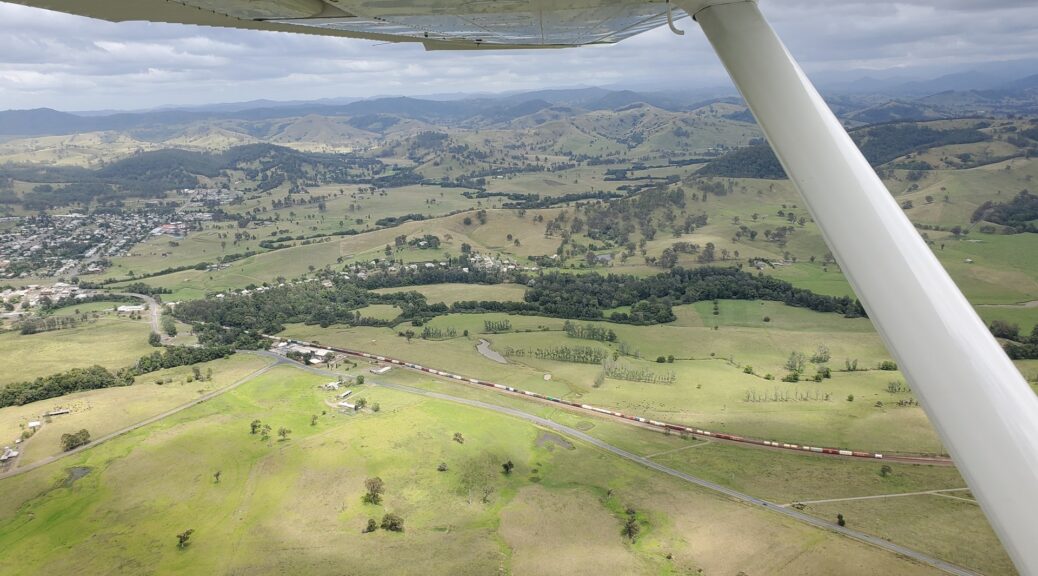
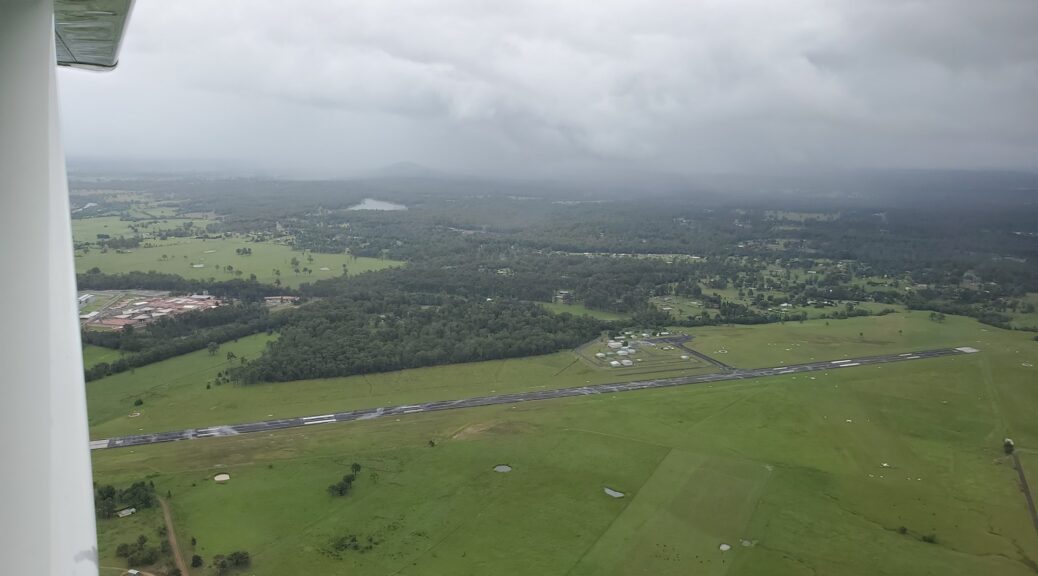


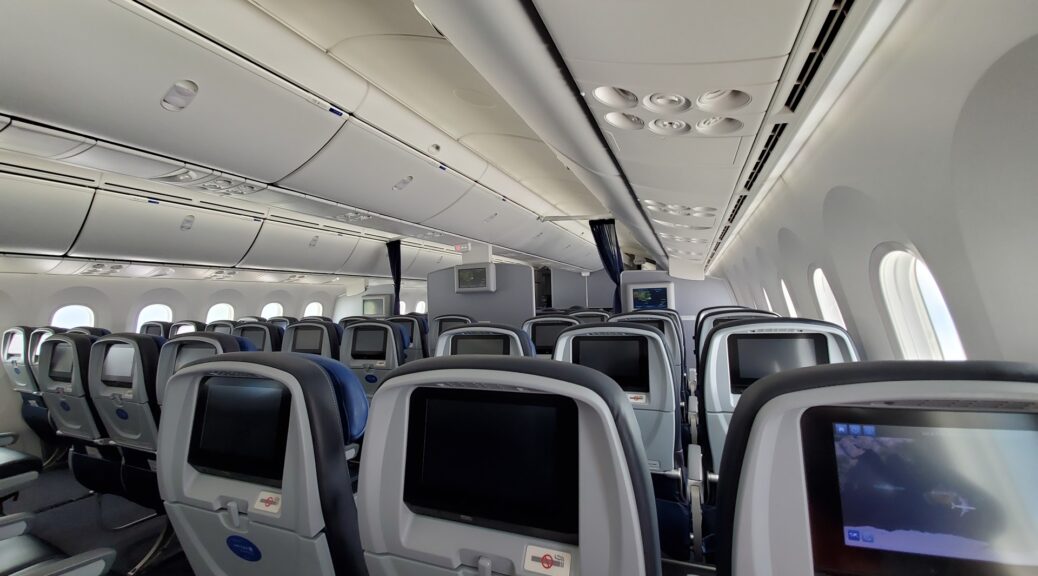
2 thoughts on “Round the World – Australia 2, Part 11”
Hi Ross
Thanks for updating the Australia part 11 segment.
I have been following Zara Rutherford in her quest to be the youngest woman around the world in a micro light. She recently made it back to Belgium & accomplished her goal the biggest issue being weather delays.
Hope the Covid restrictions ease soon in the Pacific so we can enjoy your continued adventures virtually.
Take care, all the best…
Phil
Looking forward to the final sections of this trip. Hope that’s able to happen by end of the year!